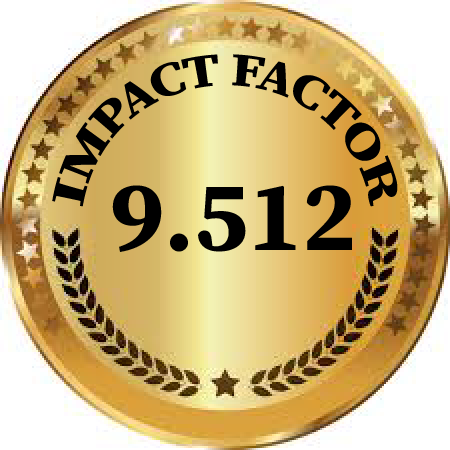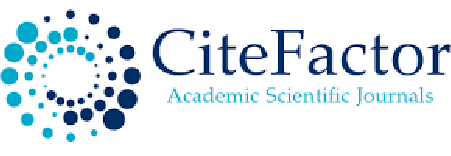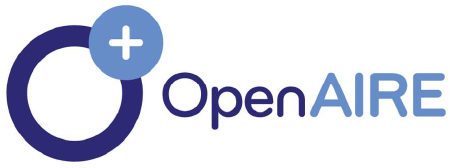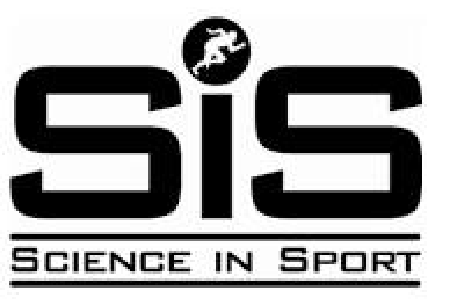UNDERSTANDING THE THEORY AND CLASSIFICATIONS OF SPEECH ACTS IN HUMAN COMMUNICATION
Abstract
The theory of speech acts highlights how language is not merely a means of conveying information but also a form of action. As human beings constantly engage in communication to establish and maintain relationships, language plays a pivotal role. This paper explores the concept of speech acts, as introduced by philosophers like J.L. Austin and J.R. Searle, and delves into their different types and classifications. The study focuses on three fundamental components of speech acts: locutionary, illocutionary, and perlocutionary acts. It also discusses several approaches to classifying speech acts, offering a comprehensive understanding of how language functions as both a communicative and performative tool.
References
1. Austin, J.L. (1962). How to Do Things with Words. Oxford University Press.
2. Badulu, A. (2009). Language and Communication. Unpublished Manuscript.
3. Buhler, K. (1934). Theory of Language. Translated by Donald Fraser Goodwin.
4. Cutting, J. (2008). Pragmatics and Discourse: A Resource Book for Students. Routledge.
5. Irawan, A. (2015). Speech Acts and Public Speaking. Thesis.
6. Levinson, S. (1983). Pragmatics. Cambridge University Press.
7. Mey, J.L. (1993). Pragmatics: An Introduction. Blackwell.
8. Nunan, D. (1993). Introducing Discourse Analysis. Penguin English.
9. Schiffrin, D. (1994). Approaches to Discourse. Blackwell.
10. Searle, J.R. (1969). Speech Acts: An Essay in the Philosophy of Language. Cambridge University Press.
11. Trosborg, A. (1985). Interlanguage Pragmatics. Walter de Gruyter.
12. Wardhaugh, R. (1986). An Introduction to Sociolinguistics. Blackwell.
13. Yule, G. (1996). The Study of Language. Cambridge University Press.






















